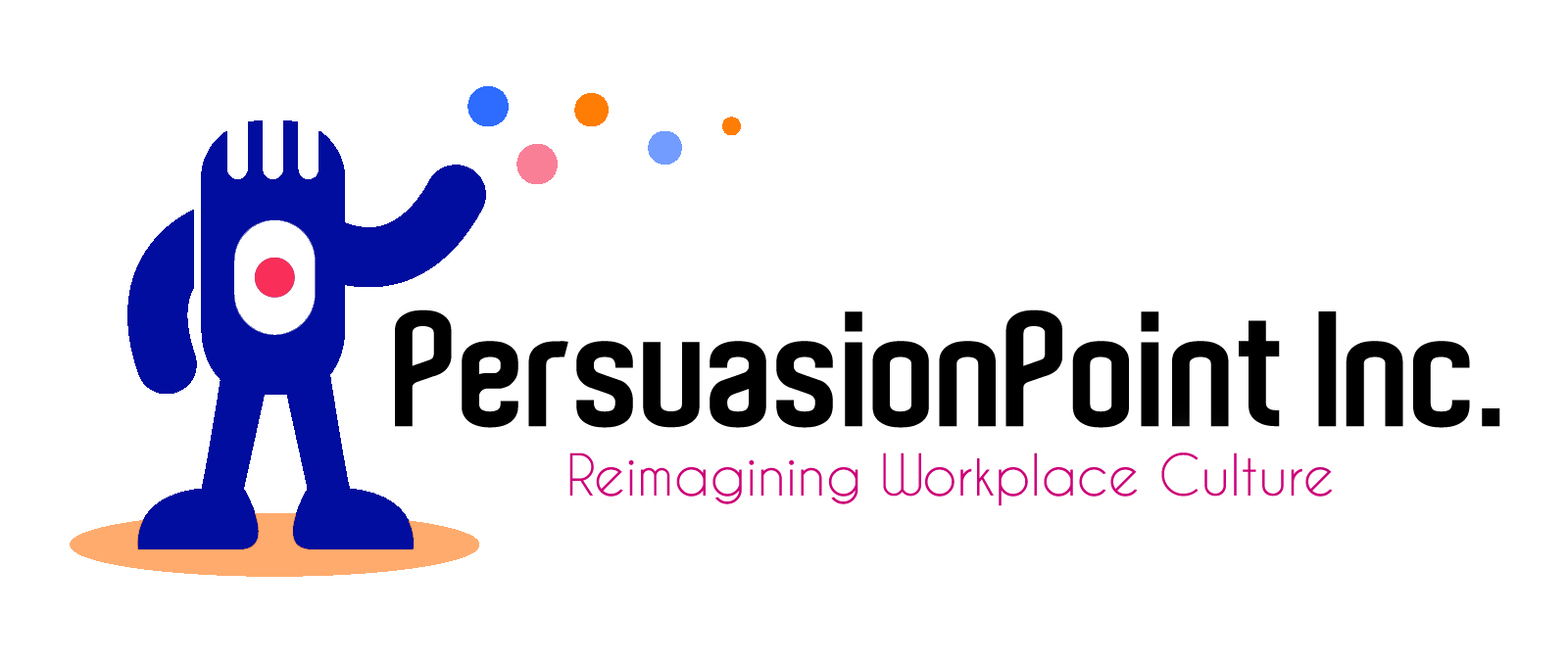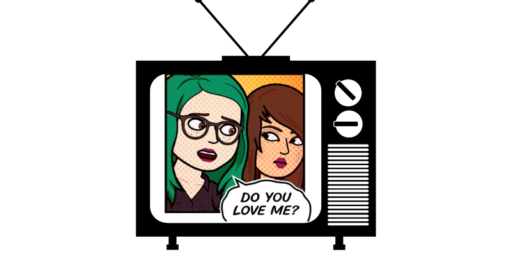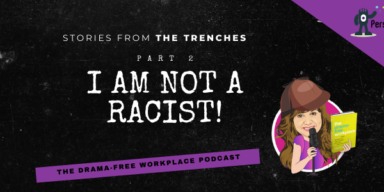Parts of this content are adapted from The Drama-Free Workplace by Patti Perez.
Click here to get your copy!
Unconscious bias is a red-hot HR topic.
While the focus typically involves the recruiting and hiring process, the dangers of unconscious bias (aka implicit bias) are equally – and sometimes even more – pronounced in the realm of workplace investigations. The following checklist will guide workplace sleuths on ways to recognize, react to and reject bias in investigations.
1. Test yourself
When someone asks you what you do for a living, do you characterize yourself as a champion for employees, a person who is tasked with protecting the company/management from employees who want to take advantage of the system, or something else?
When you see or hear about workplace conflict issues (harassment, bias, pay equity, wage and hour issues, bullying, etic.) in the news, on social media, in popular culture or elsewhere, do you tend to react strongly one way or another – thinking civil rights laws are necessary lest corporations are allowed to run amuck and violate employee rights, or thinking that employees who sue are almost always trying to extract money from the company?
Hopefully your reaction is less extreme, but even if it’s a milder version of these examples, it’s important to keep track of how you generally feel about the validity of employee complaints since this reaction might be an indication of whether you have a bias. ![]()
If you determine you do have a strong reaction, fret not, you can still conduct effective investigations, but recognize and interrupt those biases before beginning your work to resolve workplace disputes.
2. Develop a consistent intake process
To avoid prejudging and to avoid mischaracterizing the nature of the complaint, develop a methodology for receiving and understanding complaints so that you can accurately and consistently assess whether a complaint is an employee relations concern or whether the reported concerns are serious enough to warrant a formal and full-blown investigation.
Although the methodology must incorporate flexibility and the use of good judgment, the likelihood of bias (particularly confirmation bias) at this initial phase is greatly diminished if you approach this process more like a clinician, without judgment about the person lodging the concern.
At this stage, the complaining party is responsible for precision in reporting (a skill all organizations should teach) and the intake professional is accountable for asking the right questions to collect the necessary information (of course, this is fleshed out even more during interviews).
3. Create a truth-telling environment
Investigations are especially susceptible to affinity bias (also called “like me” bias – giving more or less credence to information depending on whether it is received from someone “like” or “not like” the investigator). Have a standard way for starting interviews.If you go out of your way to create comfort and collegiality for folks like you, but behave more formally with those not like you, for example, you can expect to receive inconsistent information.
In addition to ice-breakers that work for you, have a consistent way of discussing opening topics including your limited guarantee of confidentiality and a discussion about retaliation (remember to emphasize the dual nature of anti-retaliation policies: they protect employees from retaliation and they prohibit employees from engaging in retaliatory behavior).
Creating an environment that is consistent (and therefore less likely to be biased) will increase trust which leads to a greater willingness to share information. One caveat to this tip is that it only works if the overall corporate/company culture is one that encourages trust and truth-telling.
4. Prepare, prepare, prepare
In addition to preventing confirmation bias, preparing meticulously will also minimize the dangers of priming – using stimuli to generate an (unconscious) effect on behavior/reaction.
In investigations, this means you should not ask leading questions, such as, “You don’t think Bob was bullying Vanessa when he yelled at the meeting, do you?”
Instead, it would be more appropriate to say something like, “Tell me what Bob said at the meeting, and describe the tone he used.”
Another common pitfall is using charged words/phrases (“Sally has made some very strong allegations about Joey sexually harassing her” rather than “Sally has concerns about Joey’s behavior towards her, I’m going to ask you questions about the behavior she’s described”).
Preparing an investigation strategy that includes a precise definition of the scope and drafting detailed interview outlines are keys to keeping your investigations bias-free. ![]()
5. Develop a system to summarize interviews
There is no magic answer in terms of how best to document your interviews (written statement drafted by witness, written statement drafted by you and reviewed by witness, typing or handwriting your own notes, for example). The “trick” is to develop and follow a system that is reliable, accurate and consistent.
Consistently use the same method whether or not the witness is like you. Creating a method that emphasizes accuracy will eliminate possible confirmation bias since you will ask questions that will elicit corroborating or contradicting information.
One technique I use that also helps to eliminate bias during interviews is to pause throughout the interview to summarize facts related to a particular allegation or related to an important event/fact (“thanks for describing all of the events from the holiday party, Marcia, let me summarize what I understood you said…”).
By doing this, you not only ensure accuracy in your notes, but you also continue to increase trust in the entire process since all witnesses will feel heard and valued.
6. Rely on tools to keep your decisions fair
Here are some tools I used in my investigations:
- Create a timeline that only lists dates/times and events, with no commentary. This allows you to look at evidence more objectively thereby removing bias from the decision-making equation.
- Use experts to help you interpret complicated information or data more objectively. This might include IT professionals, financial specialists or subject matter experts.
- Play devil’s advocate: Consult with trusted colleagues. Describe the facts in the most objective way possible and see if they reach a different conclusion. If so, discuss why.
- Put yourself in the shoes of the party against whom you’ve found– or in the shoes of that person’s advocate (attorney, parent, spouse). Does this make you see things differently?
7. Collect and consider all evidence – the good, the bad and the ugly
Repeat after me- “there are no good or bad facts in workplace investigations, only facts.” Even if you’ve been meticulous about asking unbiased questions and seeking to collect all information, don’t get tripped up during your analysis – confirmation bias might still creep into your decision-making. Your report must paint a complete picture.
Doing this will put you in the best position to objectively review the facts collected so that you can reach findings that are in line with the information collected and therefore much more likely to be bias-free.
8. Use a range to classify misconduct
Not all misconduct is equal. Develop a range for classifying the bad conduct you are able to corroborate. ![]()
For claims of inappropriate behavior, use factors such as: verbal versus physical conduct, communication used (words as well as tone and body language), repeat behavior, and position (you have the right to deem behavior by a leader as more egregious since leaders should be held to a higher behavioral standard).
For claims of bias, you might use different factors to determine where the behavior falls on a “misconduct scale” (I use a 1-10 scale, with ten being egregious conduct that is worthy of immediate termination). Those factors might include whether the accused was explicit in terms of bias (“I don’t promote single moms”) or whether the decisions made had a tangible (negative) effect on the complainant.
Doing this, rather than having an ad-hoc system, will make it much less likely that you will be more (or less) lenient because of your unconscious preference (or aversion) towards certain types of employees.
For more information on creating a methodology to keep your analysis bias-free, read The Drama-Free Workplace and listen to the “Stories from the Trenches“ series on The Drama-Free Workplace Podcast.
9. Use a range to select an appropriate fix
Once you have rated the level of misconduct, the next step is to implement effective, even-handled discipline. Using a range for both the misconduct and the remedial measure will increase the likelihood that you will follow the general rule that remedial steps should be equal to the misconduct and should discourage repeat behavior.
Failure to use an established method makes it more probable that you will implement uneven discipline, usually based on the person’s position in the company or the “value” the company places on the wrongdoer (is this person a top executive or rainmaker, for example). Once you have determined where on the spectrum the misconduct falls, be creative. Verbal warning, written warning, training, last chance agreement, and termination are not the only options.
During the investigation you should have developed a sense for what motivated the bad actor to do what he/she did and therefore you will be able to determine what will deter him/her from doing it again (this is, of course, assuming the right answer is something other than termination).
If the title or money motivates the wrongdoer, then taking one or both of those away is much more likely to send a strong message than simply sending you that person to a training session. As with putting a number on the misconduct itself, rating the discipline correspondingly will likely eliminate bias.
10. Track your work at every stage
One of the best ways to see if bias affects your decision-making is to check your record. Do you overwhelmingly tend to find the allegations are or are not substantiated? Do you tend to do so, but only when it involves certain types of employees, certain allegations, or certain departments? Does your record indicate that you tend to recommend and implement harsher discipline based on who the parties are?
In addition to checking your own record, the company as a whole should conduct a periodic scan to ensure consistency and fairness in investigations.
The Bottom Line
Eliminating bias is not one-and-done work. It is a continual process, both internally and externally, and only grows in impact the more times you run through the cycle. So, as you wrap up on Step 10, get ready to take what you’ve learned and start again at Step 1. Lather, rinse, repeat!

About PersuasionPoint
Patti Perez is founder and CEO of PersuasionPoint, a modern-day consulting firm dedicated to teaching leaders and teams how to create and sustain healthy, equitable and inclusive workplace cultures. Patti is the best-selling, award-winning author of The Drama-Free Workplace (Wiley 2019), and draws from the book’s themes to provide practical, authentic, and action-oriented solutions to help companies achieve true diversity and equity, and to create environments of belonging and inclusion.
Patti and the team provide services specifically tailored to address workplace struggles with recruiting, retaining, promoting and fully valuing diverse employees – including consulting, leadership training, and boot camps for diverse attorneys who are emerging leaders.
Contact Patti here or email her directly at Patti@PersuasionPoint.com.
















